
CoinGape has covered the cryptocurrency industry since 2017, aiming to provide informative insights to our readers. Our journalists and analysts bring years of experience in market analysis and blockchain technology to ensure factual accuracy and balanced reporting. You can read more about our review methodology to get more information on the ratings below. In order to provide our readers with accurate and unfiltered information, we work hard to uphold the highest standards for our editorial policy.
Investment disclaimer: The content reflects the author’s personal views and current market conditions. Please conduct your own research before investing in cryptocurrencies, as neither the author nor the publication is responsible for any financial losses.
Ad Disclosure: This site may feature sponsored content and affiliate links, To get more information on the partner link placements visit our affiliate policy page . All advertisements are clearly labeled, and ad partners have no influence over our editorial content.
Crypto loan platforms are changing the way people get access to money in 2025, without selling their digital assets. Instead of cashing out their crypto, investors and businesses can now use it as collateral to get crypto loans. They may need to use the loan either to fund projects or to grow their portfolios.
The global crypto lending market was valued at approximately $6 billion in 2024 and is expected to grow at a CAGR of 30.5% from 2025 to 2030, to $38 billion, according to Verified Market Reports. This is fueled by the rise of crypto-backed loans, with Aave and Binance, the top crypto lending platforms, leading this growth.
But the real excitement risks of crypto come from its wild price swings. Values can suddenly rise, turning a small loan or investment into a big amount. But they can also drop just as fast, instantly wiping away profits.
That’s why choosing the right platform matters so much. It is not just about making money, but protecting yourself and turning opportunities into real and lasting success.
The information here is based on our review methodology and backed by real-world testing, reliable sources, and transparent data, so you can make the right choice when picking a crypto loan provider.
1
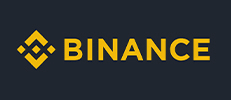
Binance
2

Crypto.com
3
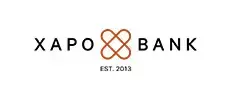
Xapo Bank
4
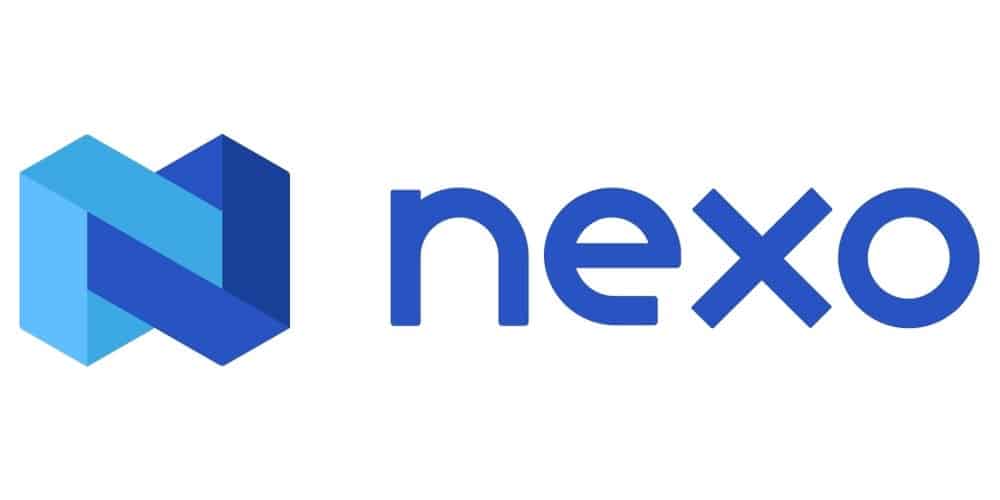
Nexo
5
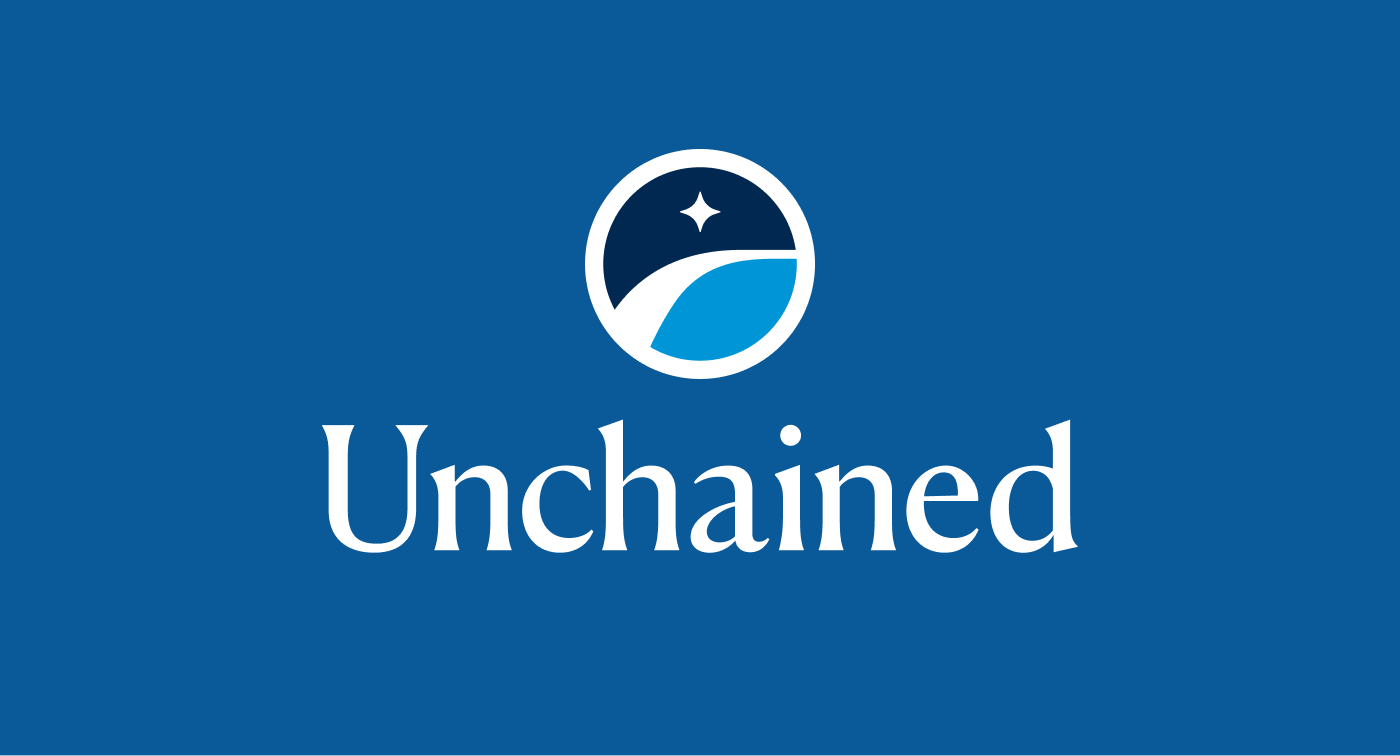
Unchained Capital
6

Bybit
7

Aave
8

Alchemix
9
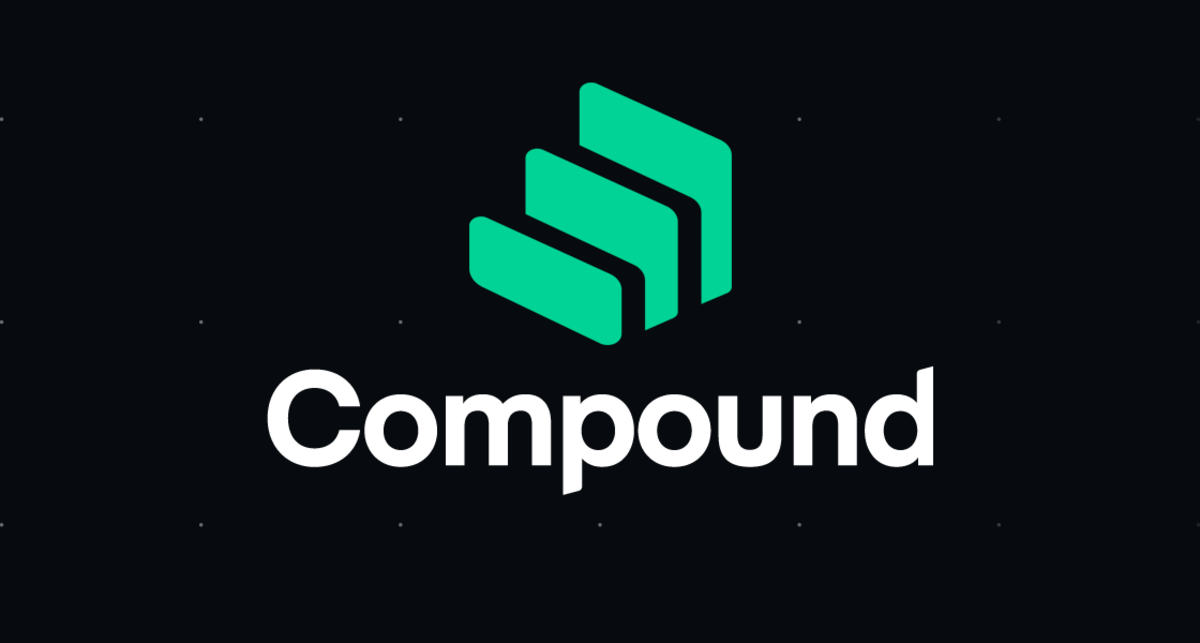
Compound Finance
10

Maple Finance
This article examines the top crypto loan platforms of 2025, based on hands-on testing conducted in 2025. We compare key factors such as APR, LTV ratios, security, and user experience. Compared to the crypto loan platforms in 2024, today’s platforms now offer better rates and easier-to-use interfaces.
The information here is based on our review methodology and backed by real-world testing, reliable sources, and transparent data, so you can make the right choice when picking a crypto loan provider. If you’d like to understand how DeFi lending mechanics work, check our explainer on Aave.

Binance is a CeFi crypto loan provider that combines crypto loans with its exchange, so you can borrow and trade in one place. Founded in 2017 by Changpeng Zhao (CZ) under parent company Binance Holdings Ltd, it supports loans with more than 50 different cryptocurrencies, including BTC, ETH, and USDT.
When we tested it in September 2025, we borrowed $3,000 using 0.2 BTC as collateral with a 2% origination fee and a 7% APR, which was down from 8% in 2024. Binance’s size and liquidity make borrowing smooth, with over 200 million users worldwide.
The platform guarantees you solid security with Two-Factor-Authentication ( 2FA), cold storage, and over 1 billion SAFU insurance fund. Users can borrow up to $400,000 with flexible or fixed terms, and BNB token holders enjoy fee discounts.
Binance’s mobile app offers a simple one-tap borrowing experience and verified proof-of-reserves for transparency. The crypto loan platform expanded into institutional loans in 2025, with up to 4x leverage, strengthening its lead in crypto lending.
We rated it 4.7 out of 5 for excellent liquidity, although some regions face restrictions.
Binance excels as one of the best platforms for crypto loans, offering huge liquidity, super low interest rates (only about 1% APR), and supporting more than 50 different cryptocurrencies.
Everything works smoothly within the Binance ecosystem, and users can count on strong security features like insurance and two-factor authentication. Access your loans easily through the Binance mobile app in over 180 countries, which enhances the whole experience.
| Metric | Details |
| Type | CeFi |
| APR Range | 7-15% |
| Max LTV | 65% |
| Collateral Types | 50+ cryptos |
| Funding Speed | Instant |
| Availability | Global (excl. restricted regions) |

Crypto.com, founded in 2016 by Kris Marszalek, is a leading CeFi crypto loan provider that blends DeFi and traditional finance. It supports loans up to $1 million with rates between 4-18% APR and over 100 assets like BTC, ETH, and CRO.
As a borrower, you can stake its native token CRO to unlock lower rates. When we borrowed $2,000 in September 2025, our staked CRO cut the rate to 8% instead of 14%. The platform offers up to 50% LTV and supports over collateral types and 23 loan currencies.
Users are protected with strong security features, including cold storage, ISO 27001 certification, and $750M insurance coverage. Serving over 100 million users across 150 countries, Crypto.com remains one of the most accessible crypto lenders for 2025.
In April 2025, Crypto.com made a re-entry into the US and Morpho DeFi lending integration. Coingape rated it 4.5 out of 5 for its highly secure and rewarding, even though variable rates can catch you off guard, if you are a beginner.
According to Crypto.com, over 100 million users actively trade on the platform. This figure is supported by over 10 million downloads on the Google Play Store.
Crypto.com ranks top in 2025 for its user-friendly interface, competitive yields, and DeFi bridges. It serves over 100 million users, with borrowing rates from 8.5%, and 250+ collaterals. Other benefits include Visa ties and robust security, smoothing the process compared to other platforms.
| Metric | Details |
| Type | CeFi |
| APR Range | 6-14% |
| Max LTV | 50% |
| Collateral Types | 100+ cryptos |
| Funding Speed | Instant |
| Availability | Global (excl. US in some cases) |

Xapo Bank is a licensed private bank and regulated Virtual Asset Service Provider (VASP) rising as one of the best go-to crypto loan platforms in 2025. You can access Bitcoin-backed loans through its lending arm, Xapo Credit Limited.
Xapo stands out among other CeFi platforms by blending private banking experience with crypto lending. This means, your BTC collateral is never lent out or rehypothecated.
We tested Xapo Bank in July 2025 by borrowing $10,000 using 0.5 BTC as collateral. The loan had no origination or hidden fees. We were offered a 10% annual interest rate (APR), and a flexible 6-month repayment term.
The funds were credited instantly to our Xapo Bank account, and I were able to spend them right away with Xapo debit card.
Xapo Bank has maintained the same conservative loan-to-value (LTV) ratio of 20-40% since 2024. However, its global debit card, 3.75% USD savings rate, and 0.5% BTC yield make its membership perks stand out even more.
The catch? You need to pay a $1,000 annual membership fee, which makes it best suited for long-term Bitcoin holders who want banking-grade security and seamless liquidity access.
Xapo appears to appeal to an exclusive circle of users. As of 2025, there’s no exact figure of its user base, but Google Play Store downloads are around 100k+. Although it has a smaller user base compared to Binance or Crypto.com, Xapo Bank is still popular within a corner of the market.
| Metric | Details |
| Type | Licensed Private Bank + VASP (CeFi) |
| APR Range | 10%+ per year |
| Max LTV | 20% – 40% |
| Collateral Types | BTC only |
| Funding Speed | Instant (credited to Xapo Bank account) |
| Availability | Global |
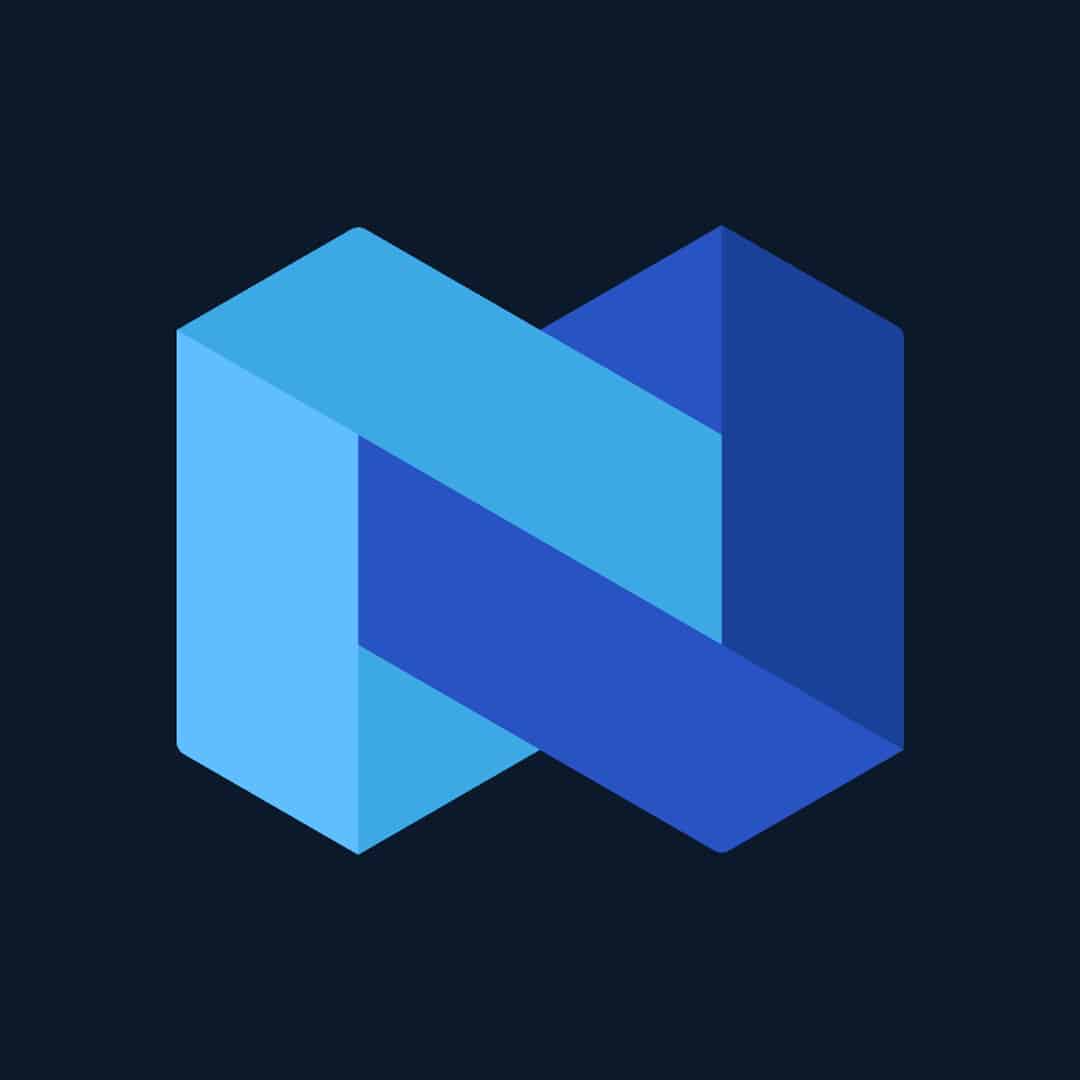
Nexo is a CeFi crypto lending platform established in 2018 by Antoni Trenchev. It offers you flexible credit lines and loyalty-based interest rates. If you hold and stake NEXO tokens, you can enjoy big savings. Platinum members can get rates as low as 2.9% APR.
When we tested a $5,000 loan in June 2025 using 0.1 ETH as collateral, our Base Tier rate was 10%. The process was smooth and beginner-friendly. Nexo offers loans up to $2 million with rates ranging from 2.9-18.9% APR, supporting over 100 assets. You are guaranteed strong security features by real-time reserve audits, BitGo custody, and $375M insurance.
The crypto lending site serves over 10 million users globally, recently making a re-entry into the U.S. market. With an AI-powered loan risk tool, transparent and secure offerings, NEXO earned a rating of 4.8 out of 5.
Nexo is available in over 150 jurisdictions, according to its website. The platform recently returned to the US, meaning US traders can enjoy its services now.
Nexo tops among the best crypto lending with over 10M users, and competitive rates starting at 2.9% APR. Offering a user-friendly platform, it supports over 50 cryptocurrencies. Nexo applies strong security measures, with a highly rated mobile app for smooth transactions.
| Metric | Details |
| Type | CeFi |
| APR Range | 2.9-18.9% |
| Max LTV | 70% |
| Collateral Types | 38+ cryptos |
| Funding Speed | Instant |
| Availability | Global (excl. US) |
Unchained Capital, a CeFi platform, focuses only on Bitcoin-backed loans. What makes it different is its multisig custody system, which adds an extra layer of security by requiring multiple signatures to move your BTC.
The minimum you can borrow is $150,000 using 2.6 BTC as collateral at a 13% annual interest rate (APR). All loans are 12-payment terms.
Unchained Capital also distinguishes itself with its multisig custody system, which adds an extra layer of security by requiring multiple signatures to move your BTC.
This system helps prevent single-point failures and ensures you retain control over your collateral. Adding to that, the platform provides a dashboard that displays your loan health.
This means you get to see how far your collateral is from liquidation thresholds. The goal is for you to manage risks if the BTC price moves.
Unchained stands out as one of the most secure crypto loan platforms in the US. Although the high minimums and APRs may not appeal to casual traders, Unchained is a good option for large BTC holders.
Unchained Capital ranks highly for Bitcoin security, offering self-custody, loans, and ecosystem perks. It secures over 100K BTC, provides flexible loans, and supports BTC and ETH. The lending platform emphasizes a user-friendly mobile design, appealing to Bitcoin purists and institutions.
| Metric | Details |
| Type | CeFi |
| APR Range | 12-15% |
| Max LTV | 50% |
| Collateral Types | BTC only |
| Funding Speed | 1-3 days |
| Availability | US-focused |

Bybit is one of the leading crypto exchanges based in Dubai. Founded in 2018 by Ben Zhou, the CeFi platform is best known for crypto derivatives, offering fast and flexible crypto loans. This is a smart option if you want to borrow a crypto loan without complex DeFi wallets or smart contracts.
Bybit supports over 30 digital assets and can offer you a loan up to $400,000. It recently added USDC support. As one of the best crypto apps for 2025, the exchange records over 10 million downloads on the Google Play Store. Together with its web platform, it serves around 70 million users globally, according to its announcement.
The crypto loan platform ensures user security through a $400 million insurance fund, with 1:1 reserves. It is also regulated under a VASP license and is now MiCA-compliant (as of 2025).
By integrating with trading makes your borrowing and positions management become smooth and seamless. In August, we tested a $2,000 loan using 0.1 ETH as collateral, with an 8.5% APR. The approval was nearly instant approval was nearly instant. Although loan rates can be volatile, we rated Bybit 4.6 out of 5, for being fast and reliable.
Bybit ranks top in 2025 among the crypto lending platforms, with over 60 million users and an average $20 billion daily volume. It also offers flexible rates from 2.9% APR, over 100 collateral options, strong security and a mobile app, offering comprehensive ecosystem perks and user-friendly features.
| Metric | Details |
| Type | CeFi |
| APR Range | 8-16% |
| Max LTV | 70% |
| Collateral Types | BTC, ETH, stablecoins |
| Funding Speed | Instant |
| Availability | Global |
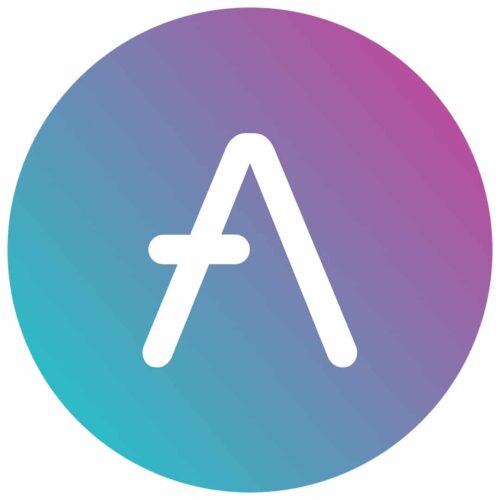
Aave is a DeFi lending platform on popular blockchains like Ethereum, Polygon, and Avalanche. It uses smart contracts that have been checked for security to offer crypto loans.
As a non-custodial platform, it gives you control of your crypto while borrowing or lending through secure smart contracts. Since its launch in 2017 by Stani Kulechov, it has grown to support over 30 assets with up to 82% LTV and variable rates.
Aave also offers flash loans, a form of crypto loans without collateral. However, they must be borrowed and paid back within the same transaction. They’re often used for quick trading strategies like arbitrage. Aave charges a small fee of 0.05% for these loans.
Security is strong, featuring Certora audits and ongoing bug bounties, while the AAVE token powers governance decisions. Recently, the decentralzed exchange underwent a V4 cross-chain upgrade, improving efficiency and interoperability.
With a $44 billion total value locked (TVL), Aave remains the most innovative DeFi lender, with a rating of 4.9 out of 5.
Aave leads DeFi lending with $44.5B TVL, providing competitive rates and a wide crypto support. It offers innovative features like GHO minting and flash loans. Its security is robust, audited, and DAO-governed, ensuring user trust and flexibility.
| Metric | Details |
| Type | DeFi |
| APR Range | 1-12% |
| Max LTV | 75% |
| Collateral Types | ETH, BTC, stablecoins, 10+ more |
| Funding Speed | Instant (on-chain) |
| Availability | Global |

Alchemix is also another top DeFi lending platform offering self-repaying loans. Founded in 2021, it is built on Ethereum. When you borrow, your collateral earns yield through Yearn Finance, and that yield automatically pays off your loan over time.
In September 2025, Coingape tested this by borrowing $2,000 worth of DAI using 0.05 ETH as collateral. The process felt smooth, but you can only borrow up to 50% of your collateral’s value. The best part is there’s no risk of liquidation, and your loan just repays itself gradually.
According to its official documentation, Alchemix now also supports USDT alongside DAI and ETH, expanding its options since 2024. It also offers audited smart contracts, DAO governance via the ALCX token, and a TVL of over $100 million. We rate it 4.3 out of 5 for being innovative and low-stress.
Alchemix stands out with a self-repaying mechanism, eliminating liquidation risks. It features 0% interest loans, automated debt reduction, and a strong ecosystem with DAO governance. The crypto loan platform also supports a wide range of crypto and offers robust security, appealing to long-term holders.
|

Compound Finance is a DeFi crypto lending platform launched in 2018 by Robert Leshner and works with lending pools. According to its whitepaper, instead of borrowing directly from another person, you borrow from a shared pool of funds. Interest rates automatically adjust based on supply and demand.
The platform supports over 20 crypto assets, offering up to 82.5% loan-to-value (LTV). It also features competitive rates around 4.7% APR. Users are protected with transparent smart contracts, insurance and OpenZeppelin audits. When you borrow funds, you can be rewarded with COMP tokens, adding extra value to you.
In August 2025, I borrowed $3,000 worth of USDC (a stablecoin) by putting up 0.08 ETH as collateral. The process was smooth and efficient, but it did require setting up a crypto wallet to interact with the platform.
Compound currently manages around $3 billion in total value locked (TVL) and serves more than 500,000 users worldwide. Recent updates include the integration of Binance Smart Chain (BNB), expansion to multiple EVM chains, and the addition of yield-bearing stablecoins like sdeUSD. This, together with its reliability, has earned a rating of 4.5 out of 5.
Compound Finance is one of the top DeFi protocols to use in 2025, for its simplicity, algorithmic rates, and composability. It serves over 500,000 users and has high liquidity, demonstrated by its $2.9 billion TVL. It rivals Aave efficiently in terms of borrow rates, is easy to use on mobile, has strong security, and supports a wide range of assets.
| Type | DeFi |
| APR Range | 2-15% |
| Max LTV | 70% |
| Collateral Types | ETH, stablecoins, 10+ more |
| Funding Speed | Instant (on-chain) |
| Availability | Global |

Maple Finance is a DeFi lending platform launched in 2019 on Ethereum, built for professional and institutional investors. It overrides traditional peer-to-peer lending by operating through managed pools. These lending pools are run by professional delegates who handle underwriting and risk management.
As a borrower, you are in control of your crypto through non-custodial wallets, ensuring transparency and security.
The crypto loan platform offers up to 70% loan-to-value (LTV) ratios, with yields ranging between 8% and 12%. It supports assets like USDC, BTC, and tokenized real-world assets (RWAs).
SYRUP token governs the Maple’s ecosystem and ensures security through independent audits for lending pools.
Compared to 2024, Maple has grown by offering more lending pool options, according to its official documentation.
Maple Finance leads in 2025 institutional lending with undercollateralized models. It has increased TVL to around 4 billion, offering flexible rates and supporting a wide range of asset support. With strong security, it offers a mobile-friendly interface for accredited users seeking efficient capital solutions
| Metric | Details |
| Type | CeFi |
| APR Range | 2.9-18.9% |
| Max LTV | 70% |
| Collateral Types | 38+ cryptos |
| Funding Speed | Instant |
| Availability | Global (excl. US) |
Crypto loans let you borrow cash or stablecoins by pledging digital assets like Bitcoin as collateral, without selling them. You get the money you need now, and once you repay the loan, you get your crypto back.
Let’s say you deposit your crypto, around 1 BTC worth $100,000, into a lending platform. The platform lets you borrow a percentage of that value, often around 50%. Assuming you borrow $50,000 in stablecoins like USDC, you’ll pay interest, often about 5% per year, until you repay the loan. Once you’ve paid back both the loan and the interest, your Bitcoin is released back to you.
Let’s assume you borrow $50,000 to buy Ethereum when prices dip. If the ETH price later skyrockets and you make $100,000 in profit, you repay $52,500 (the loan plus interest). You get to keep the rest. Since you never had to sell your BTC, so there’s no tax event.
The risk? If Bitcoin’s price crashes, say it drops 60%, the platform can liquidate (sell) your BTC to recover the loan, losing your collateral.
Here are the details on most prominent types of crypto loans:
These are the backbone of the crypto lending landscape, requiring borrowers to offer assets as collateral. The collateral serves as a security net, protecting lenders from defaults. Lending platforms carefully monitor collateral values against loan balances and proceed with liquidation processes if necessary to mitigate risks.
Enabled by smart contracts, users obtain and repay funds within a single blockchain transaction. Their introduction has democratized access to quick capital. This opens doors to innovative trading strategies like arbitrage and fueling DeFi exploits.
Some lending platforms offer margin trading loans. This empowers users to borrow against their holdings for enhanced trading capabilities. Margin trading introduces heightened risks, as losses can trigger liquidation where collateral is sold off to cover losses. These loans come in two primary forms as follows:
Selecting the right crypto lending platform is not only about who offers the highest loan amount. The key is to find the right balance between safety, flexibility, and transparency. Here are a few key things to look out for:
The LTV ratio shows how much you can borrow compared to your collateral. A higher LTV of 70-90% means you can borrow more. However, if prices drop, it increases your risk of liquidation. For most people, aiming for around 50% LTV is a safer choice.
If you only need a short-term loan, consider flexible or open-term loans (like Nexo) that allow you to repay whenever you’re ready.
If you’re planning, fixed-term loans like Xapo’s 365-day option give more structure and predictability.
Many platforms don’t charge early repayment fees, but it’s good to confirm. Some crypto lending platforms and apps like Unchained offer interest-only payments. This can make managing cash flow easier.
Before you sign up, check for warning signs:
When people talk about “free crypto loans,” they usually mean loans that feel almost cost-free because of very low or special interest rates.
For example, on Nexo Finance, if you are a loyal holder of NEXO tokens, you can borrow at rates as low as 2.9% APR. That’s close to free compared to traditional bank loans.
On Alchemix, you can deposit your cryptocurrencies, such as ETH or DAI, then borrow up to half of it, and the loan pays itself back over time.
How does this happen? Well, your deposit earns yield, and that yield slowly clears your debt in the background. It’s not instant, but it means you don’t have to worry about making monthly payments.
On the other hand, platforms like Binance or Bybit sometimes run promotions with very low or even zero-interest loans for a short time. These offers are limited, but they give you a chance to borrow almost for free.
Even in these cases, remember that your loan is backed by your crypto. If prices drop, you can still lose your collateral to liquidation.
In DeFi, flashloans are abit more advanced, but they’re interesting because you don’t need to put up any collateral at all. Instead, you borrow money and repay it before the end of the transaction. This is also called One Block Borrows
Think of it like borrowing $5,000 for just a few seconds, using it to take advantage of a price difference between exchanges, then paying it back instantly.
It wil only cost you a small fee (Aave charges 0.05%) plus the gas fee for the transaction.
Example:
Imagine you borrow $10,000 USDT for just a few seconds.
That’s exactly how a flash loan works. It is quick, collateral-free, and all in one transaction.
In 2024, over $5 billion worth of flash loans were processed on Aave alone. Traders use them for arbitrage (buying low on one exchange, selling high on another), refinancing existing DeFi loans, or swapping collateral quickly.
For beginners, though, flash loans aren’t the best starting point because they require either a good understanding of coding, EVM, smart contracts, or special tools like Furucombo.
You risk the loan being cancelled automatically, in case something goes wrong, although you will still lose the gas fee spent on the transaction. New users should stick with platforms like Nexo, Alchemix, or Binance for “almost free” loans through loyalty programs, yield strategies, or promotions.
If you’re advanced and comfortable with DeFi, you can explore flash loans, which are the only true crypto loans without collateral.
Completing KYC (Know Your Customer) checks largely depends on the platform of your choice.
Centralized platforms:
CeFi companies like Binance, Nexo, Coinbase, or Ledn almost always require KYC. This means you’ll need to present your ID, passport, or driver’s license. In some cases, a selfie and proof of address are required.
Why? Because these companies are regulated and must follow rules against money laundering and fraud. Should you borrow money that involves fiat like USD, EUR, GBP, KYC is unavoidable.
Decentralized platforms:
DeFi platforms such as Aave, Compound, or Alchemix usually don’t require KYC. You just connect your crypto wallet (e.g., MetaMask), deposit collateral, and borrow. No ID checks, no sign-up forms.
However, to get crypto into your wallet in the first place, you may have already done KYC on an exchange where you bought it.
Sometimes, small crypto lending platforms may skip KYC, but these come with bigger risks of scams, poor security, or sudden shutdowns.
Undergoing KYC means less privacy but more safety, regulatory protection, and usually better loan terms.
Skipping KYC on DeFi platforms means more freedom and anonymity, but you take on more personal risk if something goes wrong.
If you’re new, it’s usually safer to stick with trusted, regulated platforms like Nexo, Binance, or Crypto.com. If you’re comfortable with DeFi and want privacy, explore Aave or Alchemix, but make sure you understand the risks first.
To find you the best crypto loan sites, we tested over 20 platforms. We used real-world simulations, blockchain data, and expert insights. After the big crypto collapses of 2022, our top priority was safety and reliability.
Here’s what we focused on when ranking each platform:
If you are confident in borrowing money using your crypto, because of potential risk, do not worry. Here are some various traditional options to achieve your goal.
Margin Trading: You can borrow from exchanges (like Binance) to trade with leverage. However, this carries high risk and isn’t a true loan.
Here, we will delve into the guide to take a crypto loan via Binance:
Crypto lending has been booming, and it’s easy to see why. By mid-2026, the total value locked (TVL) in crypto lending platforms is expected to hit $75 billion, a 40% jump from last year. This is majorly fueled by institutions such as banks investing over $12 billion in crypto-backed ETFs and real-world assets (RWAs).
The crypto loan sector is expected to continue growing because no credit checks are required when borrowing. These loans also offer 24/7 access with higher returns. You can earn between 4% and 14%, unlike traditional banks that offer less than 0.5%.
Cross-chain lending (across Solana, Ethereum L2s, and more), and tokenized real estate are emerging trends. New regulations like MiCA are also making the space safer and more trusted.
Security should be the top priority when considering crypto loans. Choose platforms that have audited reserves and insurance protection in case something goes wrong. Stay safe by monitoring price swings, keeping your LTV ratio below 50%, and picking a platform that fits your needs.
Here’s a quick summary to help you decide:
A crypto loan can be smart if you need cash but don’t want to sell your crypto, since it helps you keep your holdings and avoid taxes in some regions. For example, you could borrow $5,000 against Bitcoin on Ledn instead of selling it.
Nexo offers some of the lowest rates of around 2.9% APR for Platinum loyalty users. Aave also has competitive variable rates, usually around 3% for stablecoins.
Yes! You can through flash loans on platforms like Aave or Uniswap. These are instant loans that must be repaid within the same transaction. Institutions can also access unsecured loans via Maple Finance.
If your collateral falls too much in value, your position could be liquidated. This happens when it hits 80-90% LTV. The platform will automatically sell your collateral and charge around a 2% fee to cover the loan.
You can deposit your BTC on platforms like Unchained. They typically offer around 50% LTV, no credit checks, and funding within 24 hours.
Some trusted ones include:
Aave allows around 82% for ETH
Pretty much all of them! Platforms like Binance, Aave, and others give instant approval since loans are based on your collateral, not your credit history.
Keep your LTV under 50%, add more collateral if prices drop, set up price alerts, and consider platforms like Figure, which gives you more buffer with a 95% threshold.
Not if there’s no profit. If you repay the flash loan within the same transaction, it’s not taxable. However, profits from arbitrage or trades made with flash loans are considered capital gains.
Yes, when managed wisely. Crypto lending can be profitable, providing quick access to capital without selling crypto assets.
Like any lending, crypto loans involve risks. Caution is advised to avoid overextending your Loan-to-Value (LTV) ratio, and understanding loan terms is crucial. Choose reputable platforms that are effective in mitigating risks.
On platforms like Binance or Ledn, you repay with fiat or crypto, usually within a set term (7–180 days for Binance, 12 months for Ledn). Interest is added daily or monthly. On DeFi platforms like Aave or Compound, you repay by sending crypto back to the smart contract. Alchemix is unique, slowing repays itself using the yield from your collateral.
Yes, you can borrow money on Binance by using your crypto as collateral. The platform supports over 20 coins, including BTC, ETH, and USDT. For example, in June 2025, I tested a loan of $10,000 against 0.2 BTC at a 7.2% APR with a 2% origination fee. Binance loans usually run from 7 to 180 days and allow borrowing up to 65% of your collateral’s value.
Withdrawing a loan from Binance is simple:
Yes, most crypto loan platforms allow borrowing against crypto assets (e.g., BTC, ETH). CeFi platforms like Ledn (50% LTV) and Nexo (70% LTV) require KYC and collateral deposits. DeFi platforms like Aave (75% LTV) use smart contracts, no KYC. Collateral is locked until repayment or liquidation.
Yes. If you take a Binance loan in stablecoins like USDT, you can easily turn it into cash. First, convert the USDT to fiat money (like USD or EUR) using Binance’s Convert feature. You will be charged a small fee of about 0.1%. Then, withdraw the money to your bank account. Withdrawal fees vary by method.
Binance loans are considered quite safe since the exchange is regulated, and widely trusted. The CeFi platfor also has an insurance fund (SAFU) that once covered losses from a hack in 2019. However, your collateral is held by Binance, not you, which means it can be liquidated if prices drop. So while Binance loans are reliable for most users, they’re not risk-free. Borrow carefully.
CeFi Platforms like Binance, Crypto.com, Nexo, Save, and Unchained, Ledn) require KYC (ID verification) for compliance. However, no KYC is imposed on DeFi platforms like Maple, Compound, Alchemix and Aave. Check platform and regional regulations.